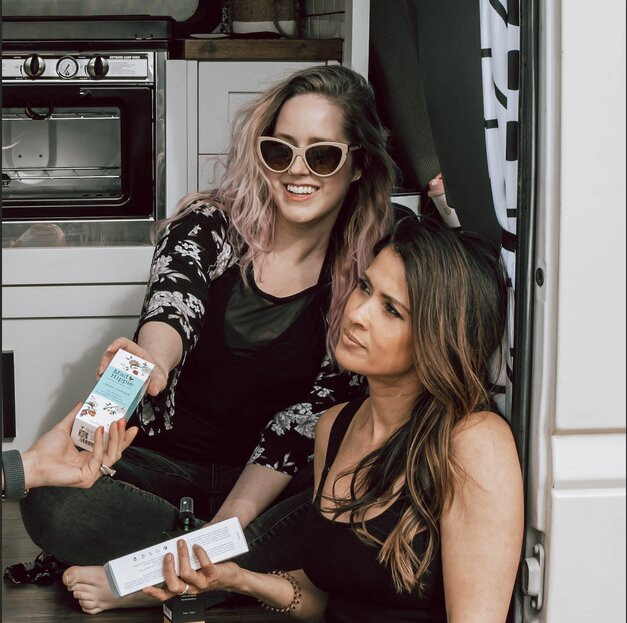“What is Patch Testing?”
It’s the simple, but important, process of testing any products that are new to you. Choose a small patch of skin, and apply the new product to that section. Once applied, you will monitor the patch for a certain amount of time to see if an adverse reaction occurs. Patch testing is a best practice we stand behind and often recommend.
“Why is it important?”
Patch testing helps you identify sensitivities or allergies to a new product/ingredient. While generally beneficial, certain ingredients like retinol, hydroxy acids, enzymes, vitamin C, and different botanicals may trigger a response if you’ve never used them before or have an unknown allergy. This isn’t just for skincare products; you may benefit from patch testing hair products, makeup, soaps, lotions, anything that can be absorbed by the skin. It is your largest and most accessible organ, and what goes on your body is often as important as what goes in it.
“Does everyone need to patch test?”
We recommend it for anyone trying something new, especially if it contains an active ingredient you’re unfamiliar with. Even if you don’t think you have sensitivities, erring on the side of caution can spare you unexpected reactions. For anyone with general sensitivities and/or inflammatory disorders (eczema, psoriasis, dermatitis, acne, etc), patch testing is a practice you should adopt with all new products.
“How do I patch test correctly?”
Here are a few simple, general steps to successfully patch test with most products:
- First, check to see if the product has expected mild reactions such as tingling or warming (we will list that on the product details page in your profile)
- Apply a pea amount of the test product onto a clean patch of skin on the back of the neck or inside of the forearm.
- Do not wash the patched area/keep the area dry for 24 hours
- Observe the patch during that 24 hour period for any reactions that are not indicated as normal. If itching, burning, or redness becomes intense or uncomfortable at any point, rinse off immediately
*NOTE 1: Always check the product packaging, as different brands may provide specific patch testing instructions.
*NOTE 2: Patch testing only determines the initial skin reaction; once the product has been fully applied to the intended area, please be diligent in monitoring for any further adverse reactions.
*NOTE 3: If you have any concerns about a product, or if you have inflammatory disorders, we always recommend consulting your dermatologist first.


